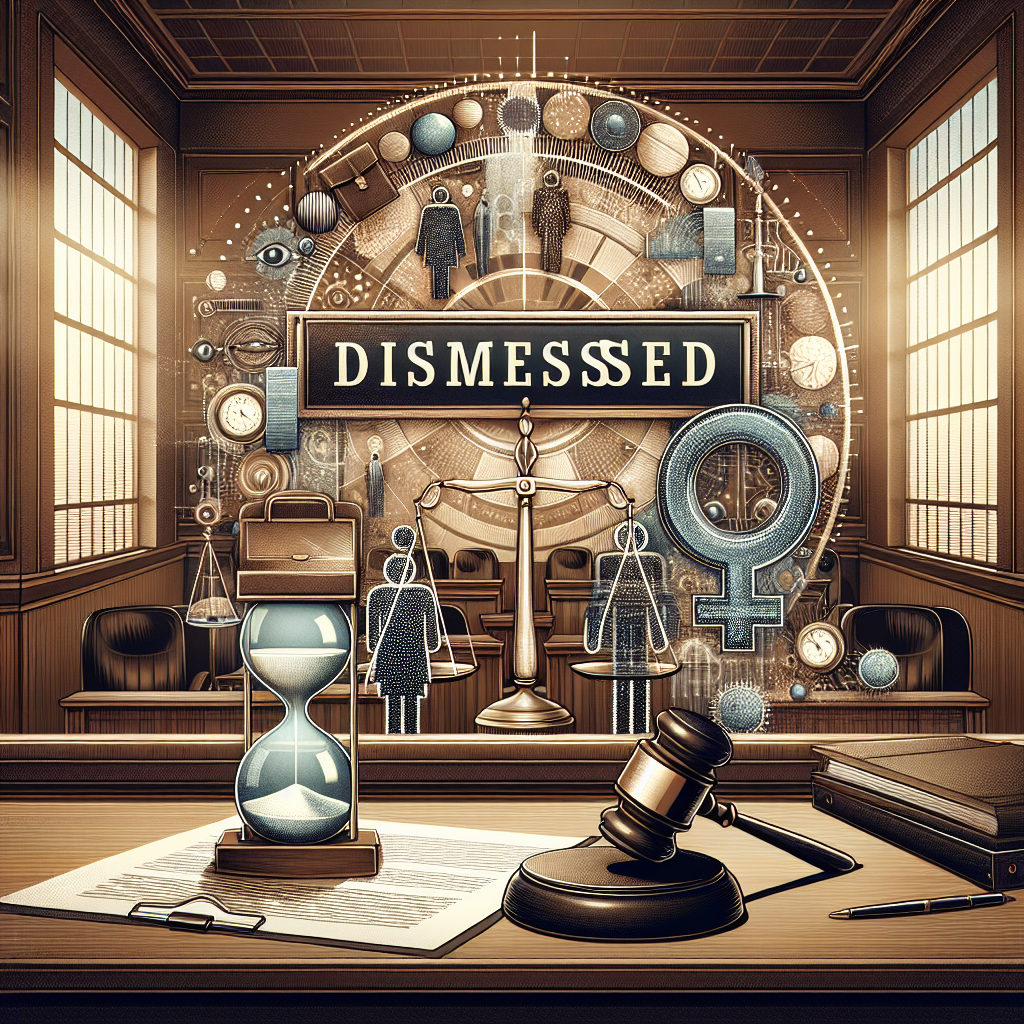EEOC Moves to Dismiss Gender Discrimination Case, Indicating Major Change in Civil Rights Strategy
EEOC’s Strategic Shift: Dismissal of Gender Discrimination Case
Introduction
The U.S. Equal Employment Opportunity Commission (EEOC) has recently made headlines by moving to dismiss a high-profile gender discrimination case. This decision marks a significant shift in the agency’s approach to civil rights enforcement, raising questions about its future strategy and priorities.
Key Developments
- Case Dismissal: The EEOC’s decision to dismiss the case suggests a reevaluation of its litigation strategy, potentially prioritizing different types of discrimination cases.
- Strategic Realignment: This move may indicate a broader strategic realignment within the EEOC, focusing on cases with a higher likelihood of success or broader impact.
- Implications for Civil Rights: The dismissal could have significant implications for how gender discrimination cases are handled in the future, possibly affecting the agency’s role in advocating for gender equality.
Potential Reasons Behind the Decision
Several factors might have influenced the EEOC’s decision to dismiss the case:
- Resource Allocation: The agency may be reallocating resources to focus on cases with stronger evidence or those that align more closely with current policy priorities.
- Legal Challenges: The case might have faced legal challenges that made it less viable, prompting the EEOC to reconsider its position.
- Policy Shifts: Changes in leadership or policy direction within the EEOC could have led to a reassessment of ongoing cases.
Reactions and Implications
The decision has sparked varied reactions from stakeholders:
- Advocacy Groups: Some civil rights advocates express concern over the potential weakening of gender discrimination enforcement.
- Legal Experts: Legal analysts are closely watching the EEOC’s next moves to understand the broader implications for civil rights litigation.
- Employers: Businesses are keen to see how this shift might affect compliance requirements and litigation risks.
Conclusion
The EEOC’s move to dismiss the gender discrimination case signals a noteworthy change in its civil rights strategy. While the full impact of this decision remains to be seen, it underscores the agency’s evolving approach to prioritizing and managing discrimination cases. Stakeholders across the spectrum will be closely monitoring the EEOC’s future actions to gauge the direction of civil rights enforcement in the United States.

















